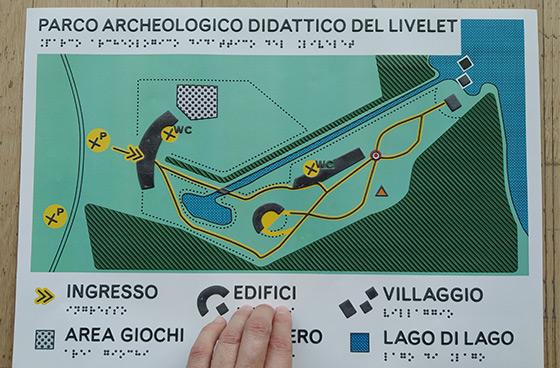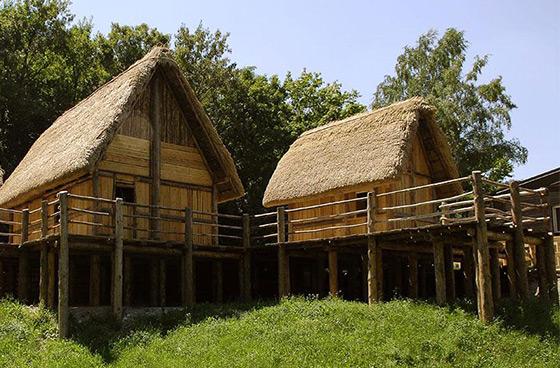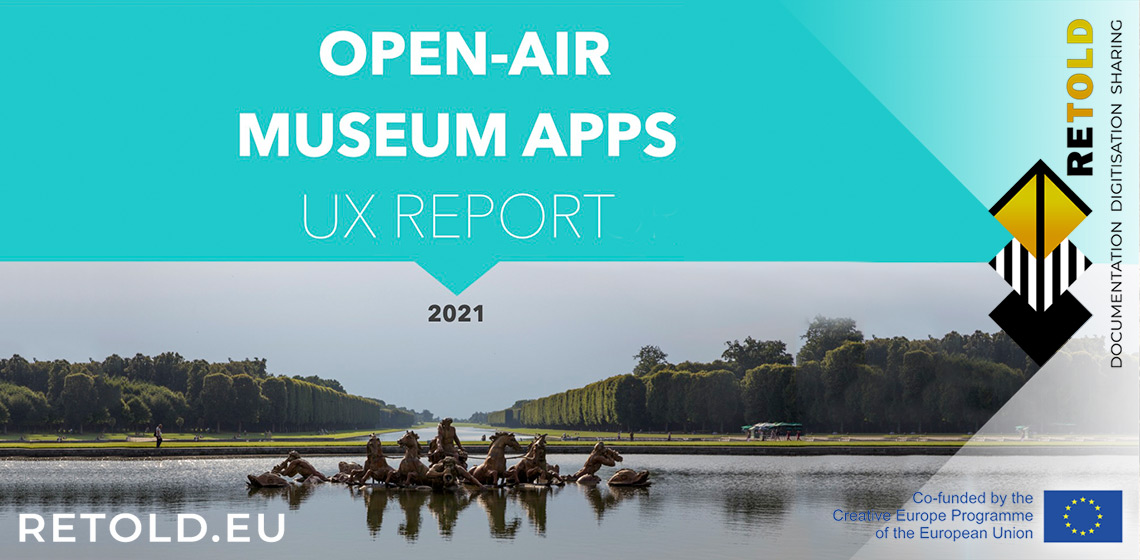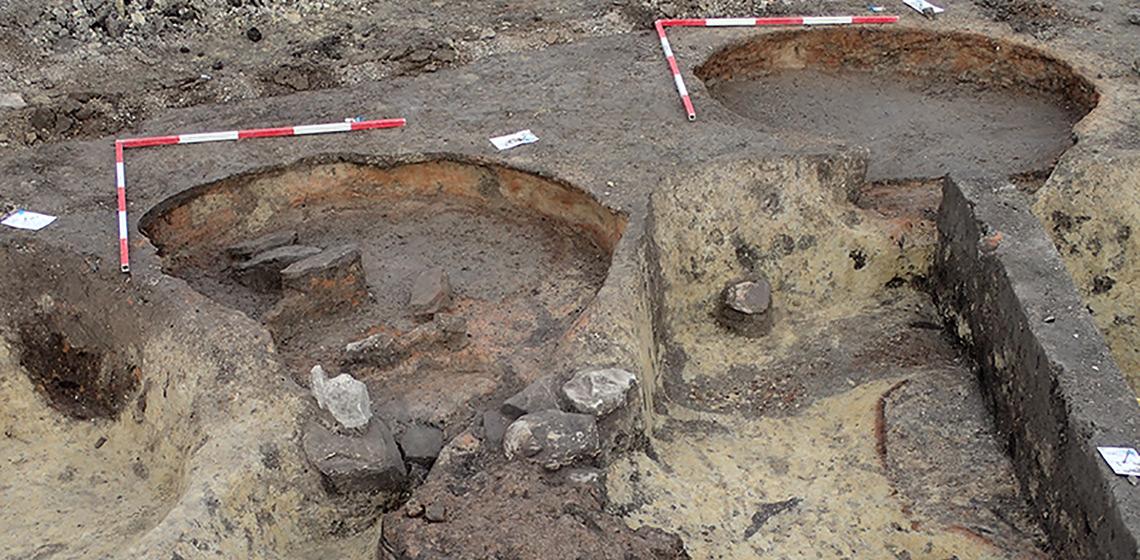Archaeological Open-Air Museum
Middelalderlandsbyen (DK)
The medieval village is a collection of reconstructed houses, from 1350, with livestock. The village is the starting point for a lot of fun and educational experiences, and is an obvious historical excursion destination for you as a school or for your whole family.
The museum was established in 1999 by Brøndby Municipality as an offer for the municipality's primary schools. This was the year when museums, cultural institutions, theaters and primary schools in Denmark focused on the Middle Ages.
On a daily basis, the village is a living part of Brøndby Municipality with a bunch of happy and committed people who sow, build, sew, smith, take care of the animals, cover and make firewood and do things and do things.
Help the Middelaldercentret!
History Reconstruction Club: Ostvytsya (UA)
Ostvytsya is a historical and cultural project that recreates the atmosphere of the Rus' era of the 9th-12th centuries with the help of historical reconstruction and experimental archaeology.
The park is allocated an area of two hectares right next to the ancient Old East Slavic hillfort of the 10th-12th centuries found by archaeologists, which is an archaeological monument of national significance.
Our goal is a historical reconstruction of an ancient settlement, which includes architectural and cultural reproduction of dwellings, handicraft workshops, sheds, defensive walls, towers, fortified entrances, and boats, where one can touch the daily routine, life, and entertainment of the period of Ancient Rus.
The main activities of the park:
Parco Archeologico Didattico del Livelet at work for inclusiveness
Parco Archeologico Didattico del Livelet is an Italian open-air museum, opened in 2007 and dedicated to a period between the end of the Neolithic and the beginning of the Bronze Age. The educational programme was developed for schools, families and tourists and is, in most parts, conducted by archaeologists and nature guides. Each activity, from guided tours to workshops, is structured to encourage exchange between the museum, the staff and the participants, to convey correct content in an engaging way. Thanks to the E20.it project, started at the end of 2021, these activities are becoming more inclusive and accessible.
Review of the season 2022 in AOAMs
EXARC has asked the member museums how 2022 has treated their museums so far and what plans they have for 2023. We have received an incredible amount of positive feedback and are happy to look back on quite a successful year together.
RETOLD: On the Way for a Digital Future of Documentation in Open-air Museums – User Requirements for Data Entry and a Management Product for the RETOLD-Project
RETOLD: Open-air Museum Mobile Applications UX Report - Looking for Inspiration
Magyar Nemzeti Múzeum - Nemzeti Régészeti Intézet (HU)
The Hungarian National Museum was founded in 1802 and is the national museum for the history, art and archaeology of Hungary. It’s collections, exhibitions and affiliates present an overall view of the archaeology and history of the country.
Until 2022 archaeological research, excavation work and presentation were assigned to two separate units within the National Museum. One of these was the Department of Archaeology, which conducts excavations and research of outstanding national significance (like for eg. Vértesszőlős, Kölked-Feketekapu, Heténypuszta, Zalavár, Doboz, Feldebrő, Gyula Castle, etc.). In addition to their research, the members of the department take part in university teaching and in the organisation of scientific life.
Butser Ancient Farm opens an Anglo-Saxon Hall on site
EXARC member Butser Ancient Farm opened the reconstruction of an Anglo-Saxon Hall House at the end of March 2022 on site. Dr Phil Harding had the honour to "cut the wreath" and declare the house open.
An excavation in 1970 in Church Down, Chalton revealed the foundations of the Anglo-Saxon hall that was used as the model for the reconstructed house at Butser. The exavacation in Chalton, which is in close proximity to the Farm, provided important evidence: it was able to prove that Anglo-Saxons were living in large buildings in and around 700 AD.





